Behind Washington’s ‘Tech Security’ Rationale: What the U.S. Commerce Department’s Move on Korean Chip Plants in China Really Means
Input
Changed
Tighter Restrictions on Advanced Equipment Shipments
Pressure Tactics Aimed at Both China and Its Allies
Risk of Accelerating China’s Own Semiconductor Development
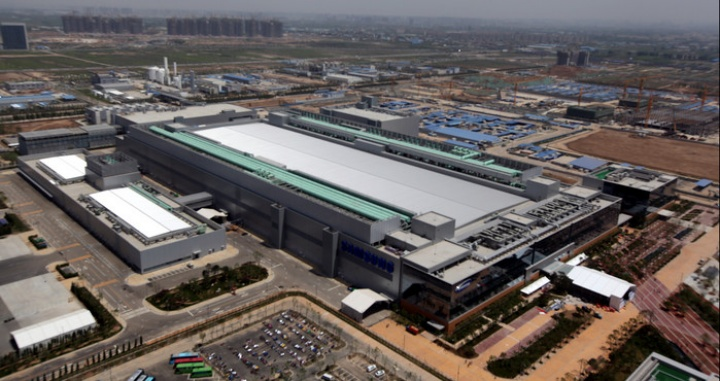
The Trump administration has struck a heavy blow to South Korea’s semiconductor industry by moving to restrict the transfer of advanced manufacturing equipment to Samsung Electronics and SK Hynix facilities in China. While Washington frames the measure as a safeguard against technology leaks, industry analysts contend that it also reflects a calculated attempt to pressure companies into surrendering profits. At the same time, there are concerns that such restrictions may inadvertently accelerate China’s push for self-reliance in semiconductors. Samsung and SK Hynix now face a dual burden of delayed technology upgrades and production disruptions, compounded by intensifying competition from Chinese rivals.
Semiconductors at the Heart of Competitiveness and Power Politics
According to DigiTimes on the 4th, the U.S. Commerce Department’s Bureau of Industry and Security (BIS) announced on July 29 that it was revoking the “validated end-user” (VEU) status for Samsung Electronics, SK Hynix, and Intel’s China operations. Starting December 31, these companies must apply for individual permits for every shipment of semiconductor manufacturing equipment to their Chinese plants. The report described the move as “a strategy designed not merely to tighten export controls but to give Washington leverage against Beijing in negotiations over rare earths.”
The VEU designation, a special exemption granted by Washington, allowed companies to bring equipment into their Chinese plants without prior approval. Even after the U.S. began imposing restrictions on semiconductor exports to China in 2022, Samsung and SK Hynix retained this status, enabling them to continue importing non-cutting-edge equipment into their memory fabs. Now, their exemption is revoked—while TSMC of Taiwan and most U.S. firms continue to enjoy the privilege.
The implications for Korean firms’ China-based operations are stark. If the shift to individual licensing is coupled with denials of equipment upgrades, their Chinese fabs could be frozen at outdated technology nodes, relegated to producing low-end chips and eroding their strategic importance. Samsung’s Xi’an fab currently produces 42% of the company’s NAND output, while SK Hynix’s Wuxi plant accounts for nearly half of its DRAM capacity. Seoul has stressed that “stable operations of these plants are vital for global supply chain resilience” and pledged to seek ways to mitigate the fallout.
Observers see the measure as part of Washington’s broader power play in the intensifying rare earth standoff with Beijing. China controls about 70% of global rare earth mining and 85% of processing, effectively dominating supply. The U.S., despite pursuing projects like Wyoming’s Brook Mine, has made little headway. With Beijing raising the stakes through export restrictions, Washington needed its own counter-lever—and Korean chipmakers find themselves squeezed between delayed imports, stalled upgrades, and raw material uncertainty.
The Nvidia Precedent and the Prospect of Forced Revenue-Sharing
Last month, Washington made headlines by allowing Nvidia and AMD to continue selling certain AI chips to China—on one condition: the companies had to surrender 15% of related sales revenue to the U.S. government. The affected models included Nvidia’s H20 and AMD’s MI308, and the arrangement was effectively a de facto tax on exports. By creating a direct fiscal benefit from export controls, the U.S. government set a precedent with far-reaching implications.
The Financial Times described it as “an evolved version of the Trump administration’s strategy of telling companies: invest at home or pay up.” In practice, it allows Washington to pursue economic gain under the banner of national security. Nvidia’s China sales are projected to reach $15 billion this year, translating to over $2 billion in mandatory payments to Washington. AMD is expected to generate around $800 million in revenue from China, of which a significant portion will also flow to the U.S. Treasury.
Industry insiders believe such a “revenue clawback model” is unlikely to remain limited to Nvidia and AMD. With Samsung and SK Hynix now under heightened scrutiny, Washington could similarly demand that a portion of their China-derived revenue be remitted. Their Xi’an and Wuxi fabs—critical hubs for global NAND and DRAM supply—would be prime candidates for this approach.
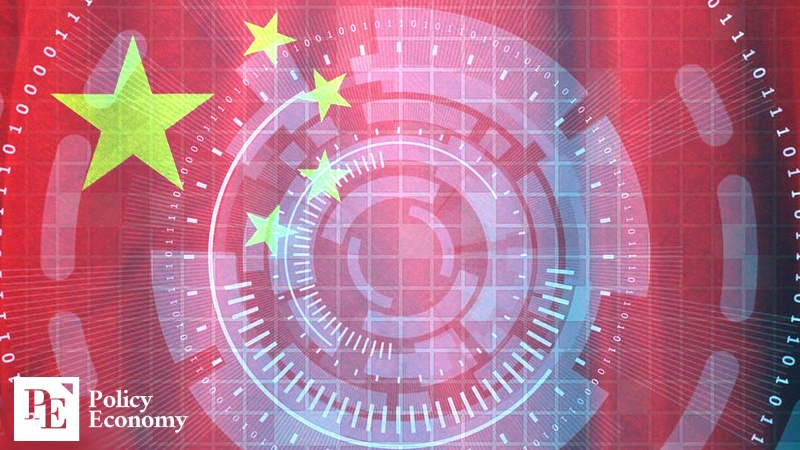
A Window of Opportunity for Chinese Competitors
Paradoxically, Washington’s latest restrictions may end up accelerating China’s semiconductor ambitions. While Korean firms face inevitable constraints on investment and equipment upgrades, Chinese companies are expected to move quickly to fill the gap. The immediate effect may be to hamper Korean fabs in China, but the longer-term outcome could be to strengthen the domestic Chinese semiconductor industry.
Beijing has responded to past sanctions with state-backed subsidies and policies aimed at insulating local firms. In 2019, when Huawei was added to Washington’s entity list and saw sales plunge, it rebounded with strong government support, ultimately rolling out its own 5G smartphones. Other Chinese chip designers, such as Cambricon, also leveraged local demand to grow during the same period, underlining how external pressure has often catalyzed technological advances.
Spanish investment bank BBVA warned that Washington’s measures could fracture the global semiconductor supply chain. In its report, BBVA noted that “Chinese memory firms typically prioritize market share over profitability,” adding that “as Samsung and SK face constraints in China, domestic players will be eager to step in and capture demand.” The report further highlighted China’s drive to achieve self-sufficiency not only in NAND and DRAM but also in high-bandwidth memory (HBM), a cutting-edge segment critical to AI. For Korean firms, that means an unenviable combination of delayed upgrades and aggressive encroachment by Chinese rivals.

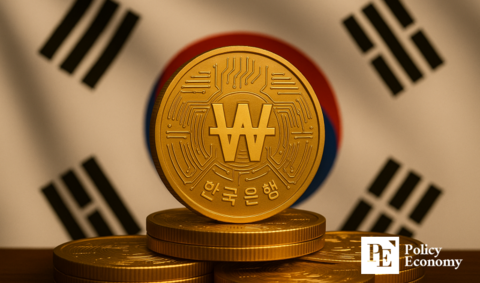
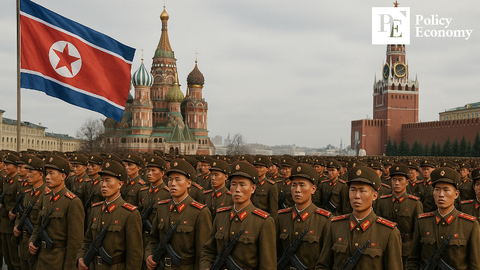
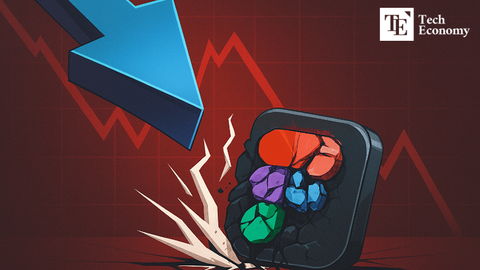

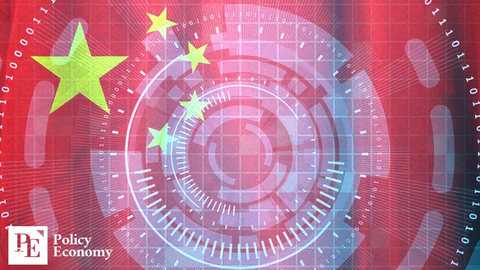


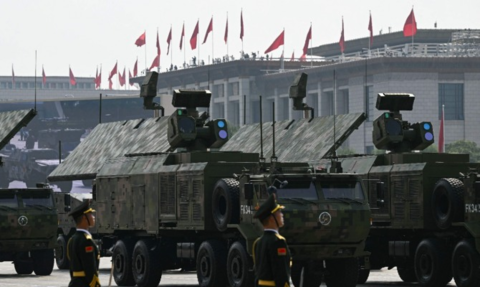
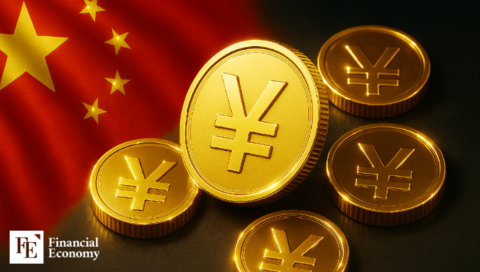












Comment